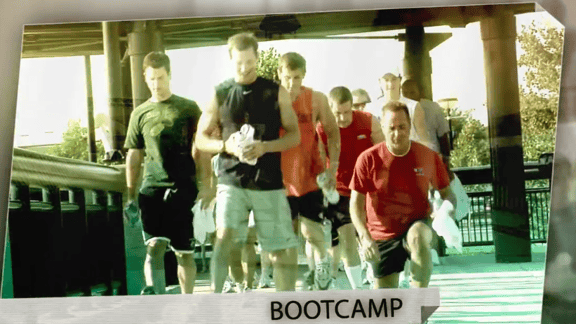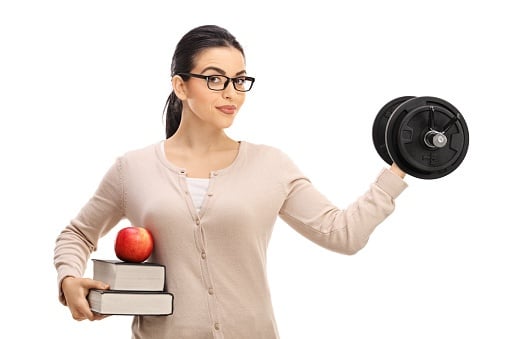 Welcome back to school! Or, if you are new to the college experience, welcome to your first adventure in time management and balancing your life. This not only includes your academics and social life, but other areas that go under the radar as less important. I’m talking about fitness and wellness. College and university fitness centers are usually well populated with individuals with a wide variety of goals ranging from stress reduction to spring break abs, to meeting people.
Welcome back to school! Or, if you are new to the college experience, welcome to your first adventure in time management and balancing your life. This not only includes your academics and social life, but other areas that go under the radar as less important. I’m talking about fitness and wellness. College and university fitness centers are usually well populated with individuals with a wide variety of goals ranging from stress reduction to spring break abs, to meeting people.
Many of the students that I have met at NIFS are likeminded, health conscious, and body-image-positive, which makes coming to a campus-centered fitness center more enjoyable. In retrospect, when I was in school I found myself using the campus fitness and recreational center as a way to not only hone my training skills, but also to get away from the stress caused by deadlines and grades.
Beyond the obvious benefits, studies have been conducted that actually link exercise to getting better grades. Here is what I have found, along with some constructive ideas to help you benefit from fitness.
Set Goals
Breaking through your fitness barriers is the first step to getting what you want out of your fitness experience. In previous blogs, I have talked about setting realistic goals and expectations; because of all the time allotted to school and social life, you may find yourself in a crunch to dedicate any extra time to your goals. Choose goals that can be measured, such as coming to the gym four days per week for the entire semester or wanting to complete a 5K in less than 25 minutes. This will allow you to focus while you are at the gym and not tune out what you are trying to accomplish.
Find Motivation
Also, finding something you love to do for exercise helps. If you love swimming or plan to have swimming as part of your training goal, you should practice swimming often. Finding a support network can also help bridge the gap between your student life and fitness life. These people do not have to have the same goals as you, but it helps when training for an event. NIFS offers group fitness classes daily that are included in the membership; this is a great way to meet people and commiserate about how much fun burpees are!
See How Exercise Helps You Get Better Grades
The benefits go beyond looking good for spring break. Studies conducted at Purdue in West Lafayette, Indiana, have shown that if a student works out as little as once per week, they have a better chance of having a higher grade-point average than their classmate who doesn’t work out. The findings supported not only improved grades, but also better time-management skills and mental wellness. As these studies become more and more prevalent, there is a noticeable trend for better, more suitable campus fitness centers to fulfill the needs of the students.
A worrisome trend in schools today is the deemphasis on physical education classes. From a young age, I remember having physical education class and never thought twice about how much exercise I was getting because I was having fun playing games and interacting with others. Based on the researchers’ data from Purdue, the trend of discontinuing physical education, which is leading American children down the road toward obesity and lack of knowledge regarding wellness, could affect their ability to get better grades. With anything in life, balance is the key. The right amount of study, exercise, nutrition, and recovery can benefit anyone.
Just Get to the Gym
In closing, all signs point to fitness as being undeniably great for people. We find that having a goal in mind is good, but really just getting to the gym can be beneficial. NIFS, located at the south end of IUPUI’s campus, is staffed with individuals looking to help you on your fitness journey. Along with the staff are thousands of everyday people just like you who are trying to do the same thing you are. You can do a different class every day of the week or have a trainer design a specific plan tailored to meet your needs. Welcome back and have a great school year!
This blog was written by Thomas Livengood, Health Fitness Instructor and personal trainer. To read more about the NIFS bloggers, click here.


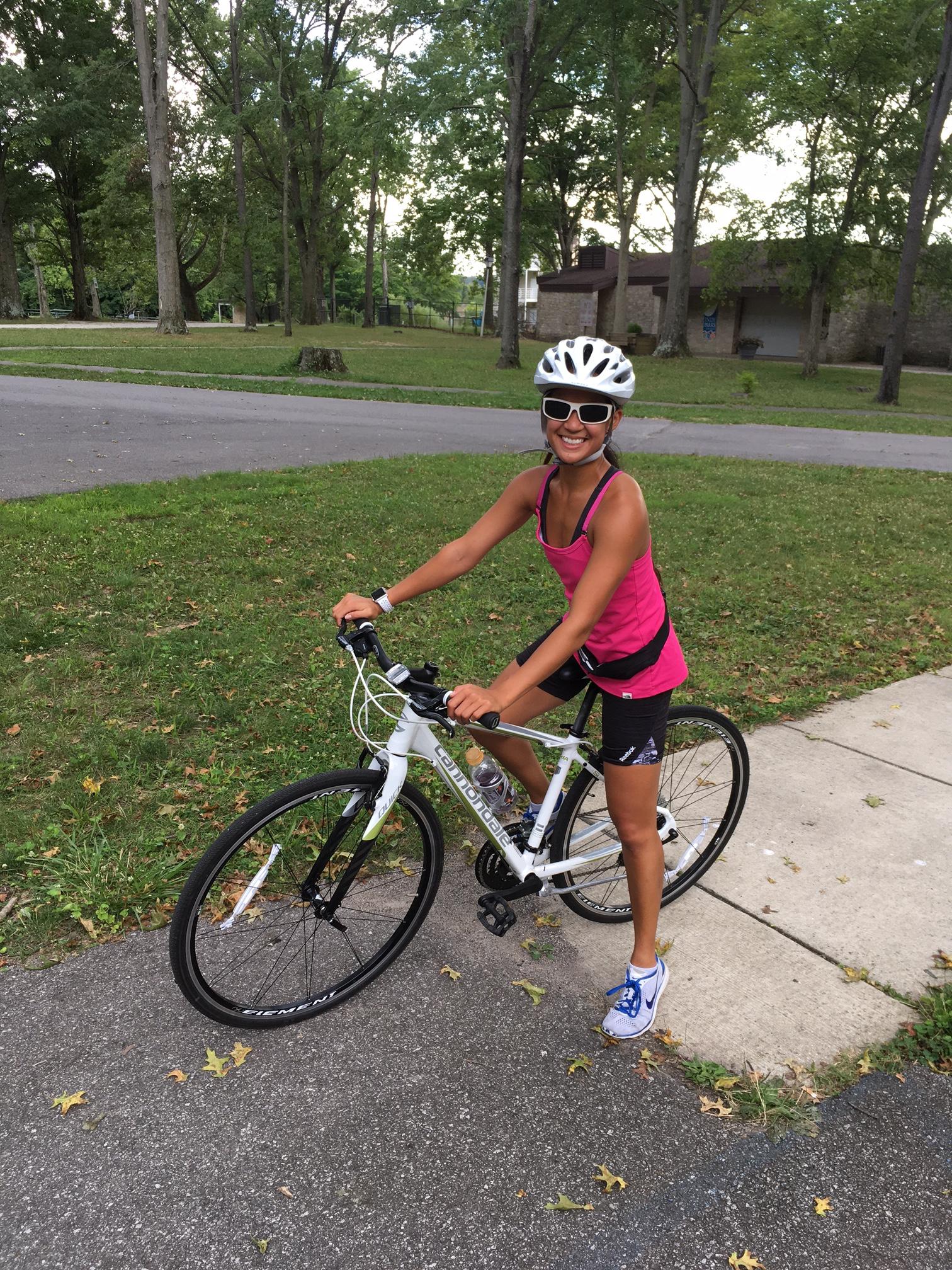 Triathlon training
Triathlon training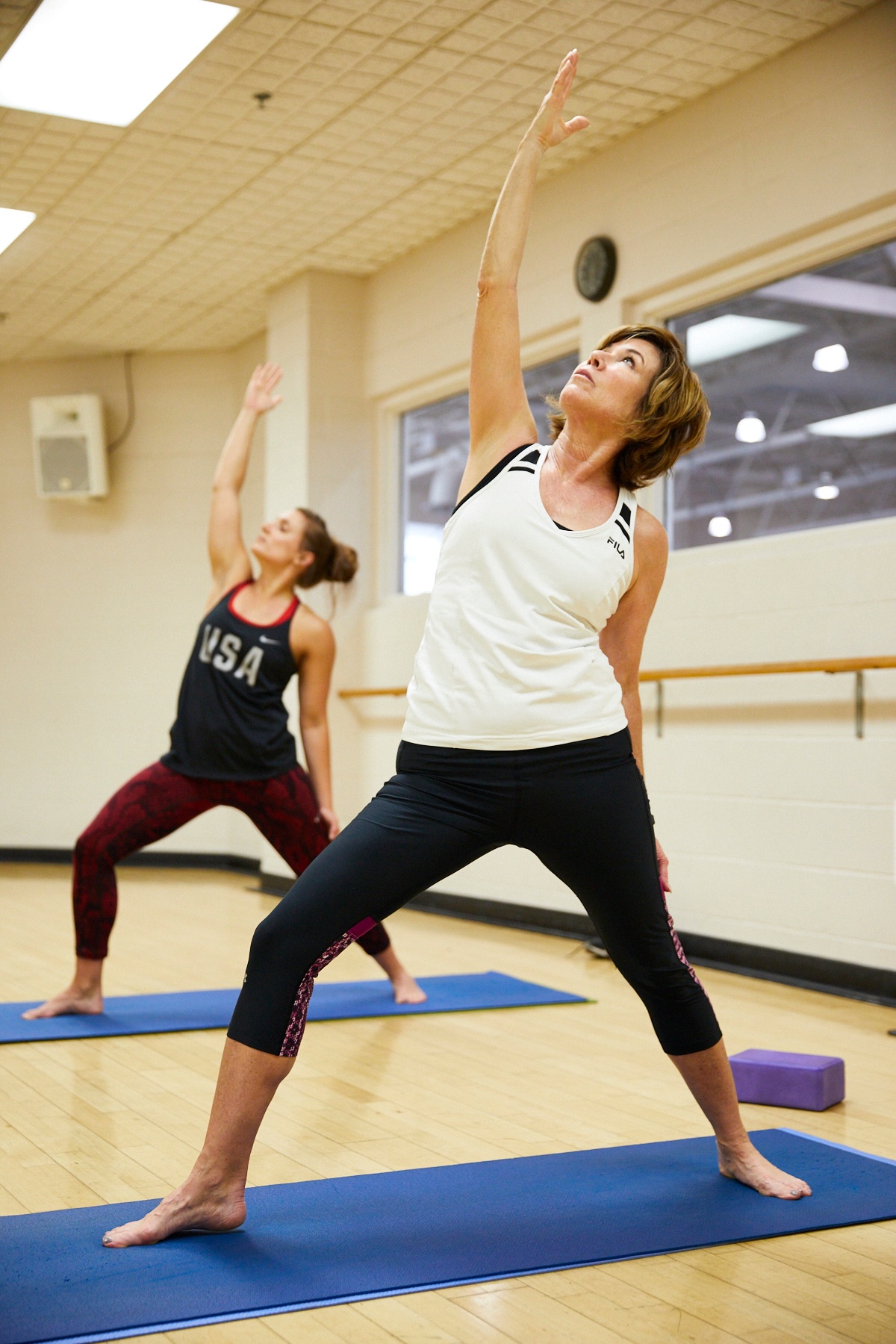
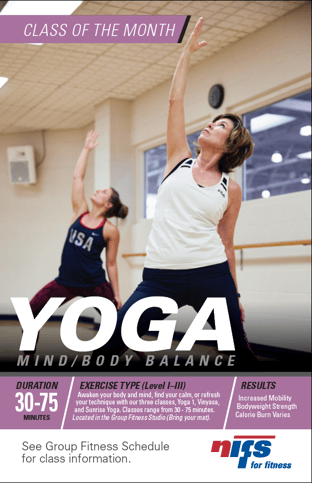 Powerlifters
Powerlifters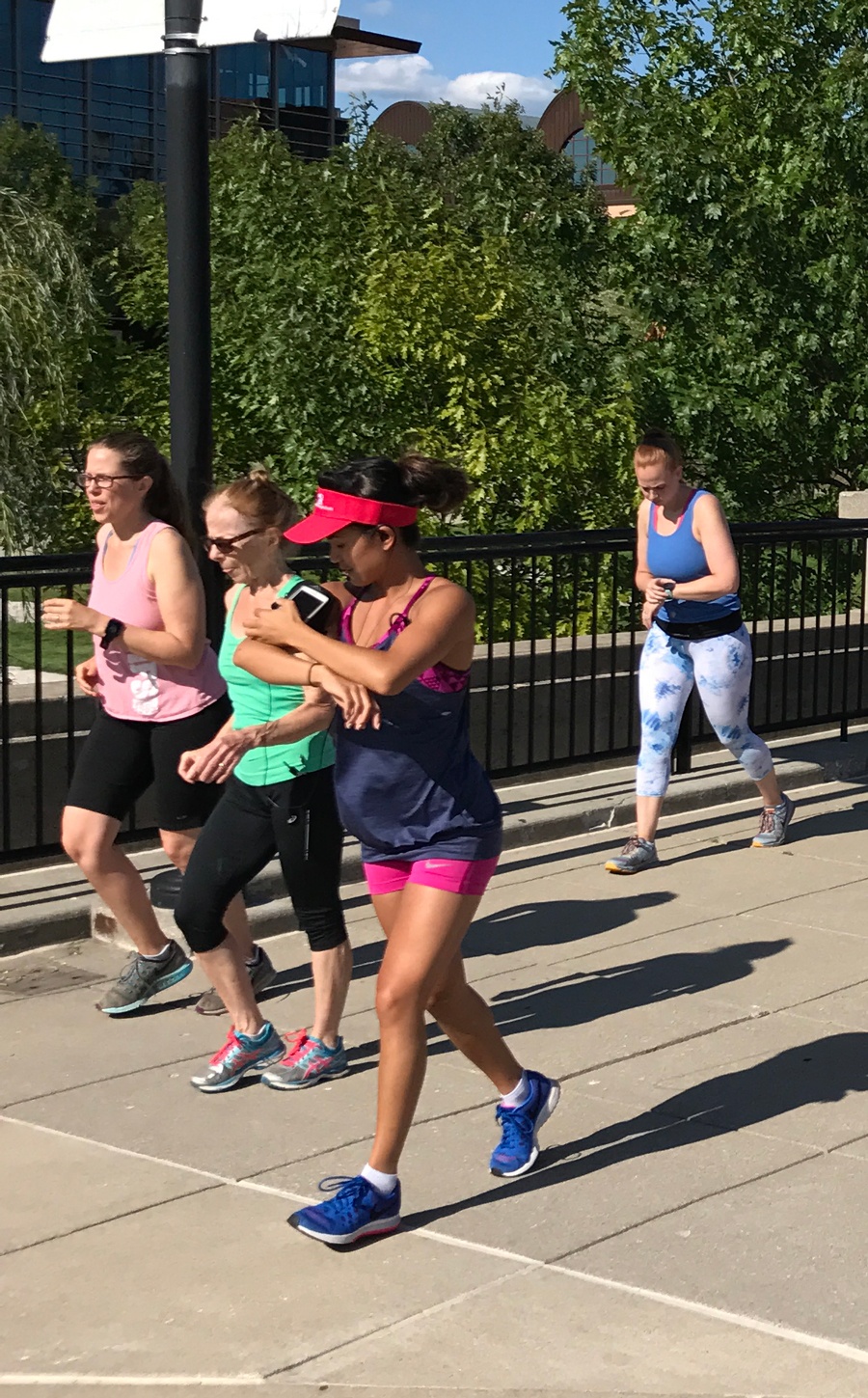 One of my greatest passions is health and fitness. It has always been a part of my life, from studying it in school to choosing it as my career path. This year I have decided to try something that I have not done before: a triathlon! I’m excited to share with you my career as a personal trainer and health fitness instructor and my journey in training for the Indianapolis
One of my greatest passions is health and fitness. It has always been a part of my life, from studying it in school to choosing it as my career path. This year I have decided to try something that I have not done before: a triathlon! I’m excited to share with you my career as a personal trainer and health fitness instructor and my journey in training for the Indianapolis 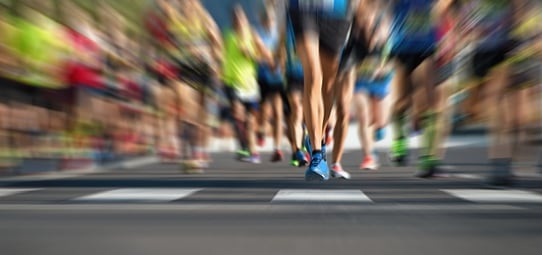




 In my
In my 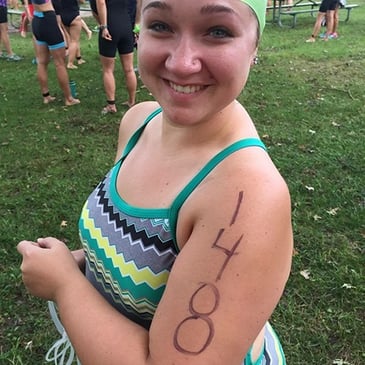
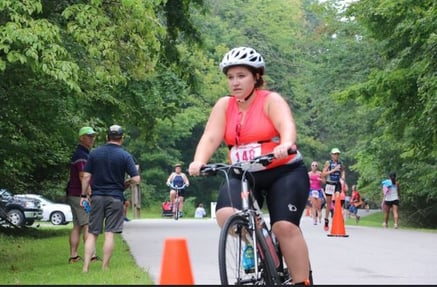 Who would you recommend this training program for?
Who would you recommend this training program for? Here are four exercises you should do if you don’t have time to do your usual routine:
Here are four exercises you should do if you don’t have time to do your usual routine:
 For the month of May, we are highlighting Boot Camp as our
For the month of May, we are highlighting Boot Camp as our 